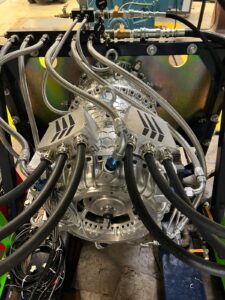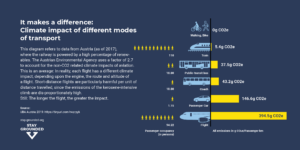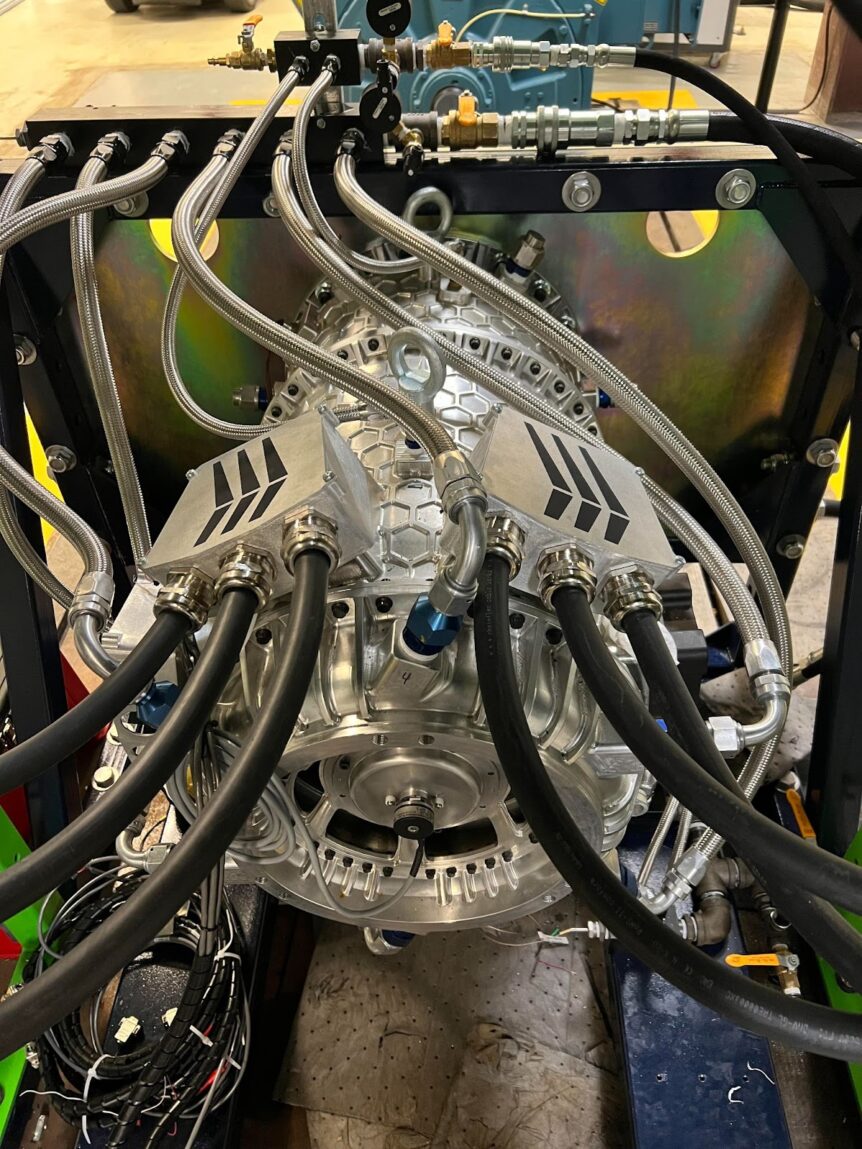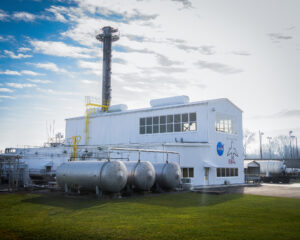Wright Electric, testing its 1.2 megawatt motor, has passed partial discharge tests, a significant achievement in high-altitude safety. The company explained the results and their importance in a press release.

Wright’s 1.2 mW motor that underwent partial discharge testing
”Wright Electric Announces Successful Partial Discharge Testing on our Motor”
“We are pleased to share a significant achievement in our ongoing pursuit of decarbonizing the industries that are hardest to decarbonize. Wright Electric proudly announces the successful completion of an altitude simulation test conducted in the Wright Lab, showcasing our 2 megawatt motor’s robust performance at a simulated atmosphere equivalent to 43,000 feet without experiencing Partial Discharge (PD).”
Jeffrey Engler, founder and CEO of Wright Electric, explains in the press release, “Partial discharge is a form of electrical failure where electric charge escapes through tiny voids in apparently solid insulation. When partial discharges occur they can degrade the insulation and create a risk of fire in the motor. PD becomes more likely at high altitudes due to thinning of the air, and presents a challenge for electric aviation which operates at higher voltages than existing aircraft.”
A Personal Footnote
Your editor had plans to build the world’s cheapest electric aircraft, unfortunately abandoned because finances dictated a reluctant farewell to the idea. Jeffrey was one of several experts who advised against using a brushed motor, because at altitude, such motors can spark, a more attention-grabbing discharge. Brushless motors are safer in that respect, but that requires airworthy, altitude capable components, something which Wright Electric has now demonstrated.
Success “At All Flight Conditions”
|
Wright’s Ties to Stay Grounded

Typical illustration from Staygrounde.d.org, shoiwng climate impact of various transportation types
Wright Electric’s goals include reducing atmospheric carbon and noise associated with air travel. StayGrounded.org works toward that goal and reflects the values that have guided Jeffrey Engler and Wright Electric from the beginning.


